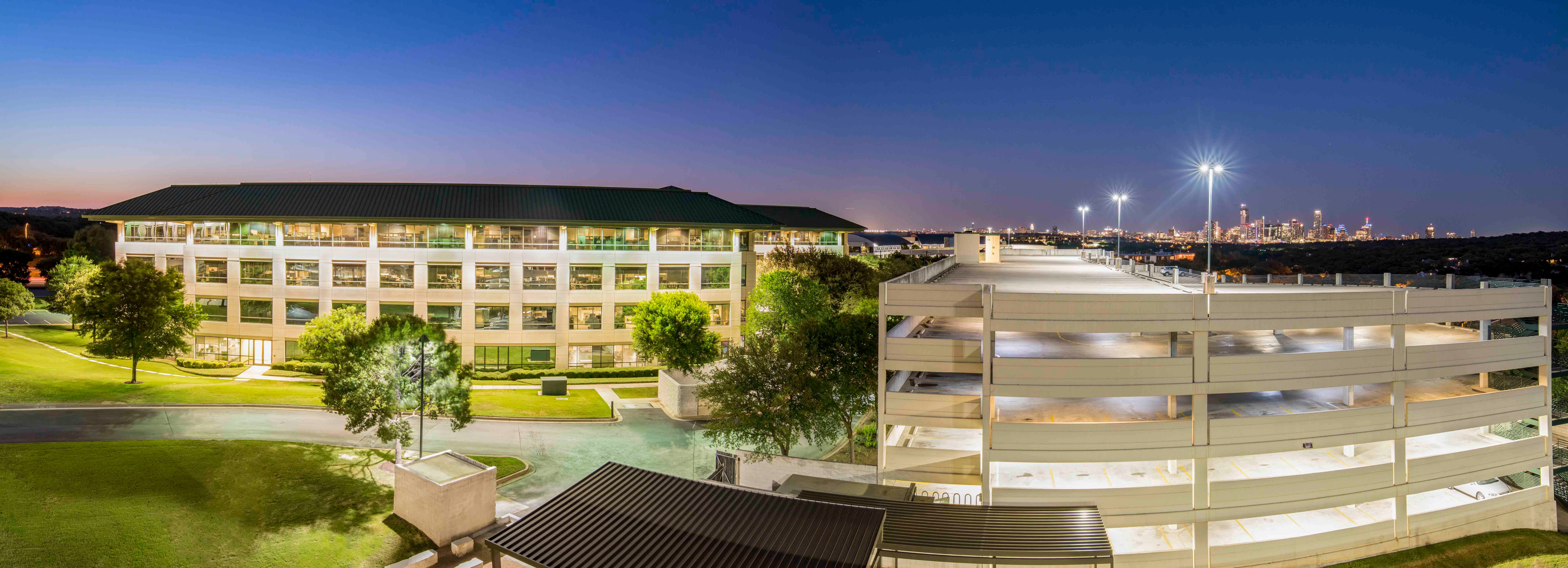Although the build-to-rent (BTR) asset class is hardly new, in the last few years, this niche property type has become an investor favorite. With so many players in the market, BTR developments are flourishing, with volume doubling in 2022 from the previous year. However, David Conwill, executive vice chairman at BTR development company Redwood, says that these developments can be nuanced—and with increasing competition, it is more important than ever to pay attention to the details.
At the fundamental level, a winning BTR market generally adheres to the same principles as any other rental housing. The prospective market should have strong employment and job centers, favorable supply-demand dynamics and access to amenities.
But there's one important caveat: "We're talking about the suburbs," Conwill says.
Recommended For You
Building in the Suburbs
"Generally speaking, any major MSA could conceivably be a quality build-to-rent market," notes Conwill. "You don't build BTR in the urban core or in an urban environment." Conwill adds that while Redwood has been building detached rental houses since 2001, BTR has become a catchall term for a variety of non-apartment rental housing properties, everything from townhomes to single-family communities.
Outside of this standard framework, land availability and development regulation play a critical role in making BTR projects viable. As Conwill points out, BTR is significantly less dense than multifamily rental, and that pits for-sale developers against BTR developers for valuable development sites. This can increase costs, and a BTR will have to balance finding less expensive buildable land that's also relatively near city centers.
That's because the search for land does have its limits. Developers should be wary of venturing too far away from established suburban locations. "At the end of the day, you want to be in an area where there are people, a sense of community and a critical mass," says Conwill.
Understanding the Regulatory Environment
Rigid development regulation is also a major challenge, as imbalanced regulation can quickly derail a project and limit opportunities in less development-friendly metros. The sector has behaved accordingly.
"We see BTR really taking off in states and markets where there is a pro-development regulatory environment," says Conwill. "That is why the product type has done well in the Southwest markets, like Phoenix and Austin, and in the Southeastern states, like the Carolinas and Florida." These locations also check the box for land availability, favorable population growth and jobs.
While finding a quality BTR location has become a challenge—largely due to fervor for the asset class and billions of dollars in investment capital vying for opportunities—demographic shifts will help to support ongoing demand in the BTR space. "People want to have a more flexible lifestyle, and they don't want the responsibility of homeownership," says Conwill. "For those demographic groups, BTR is appealing."
© Touchpoint Markets, All Rights Reserved. Request academic re-use from www.copyright.com. All other uses, submit a request to [email protected]. For more inforrmation visit Asset & Logo Licensing.






